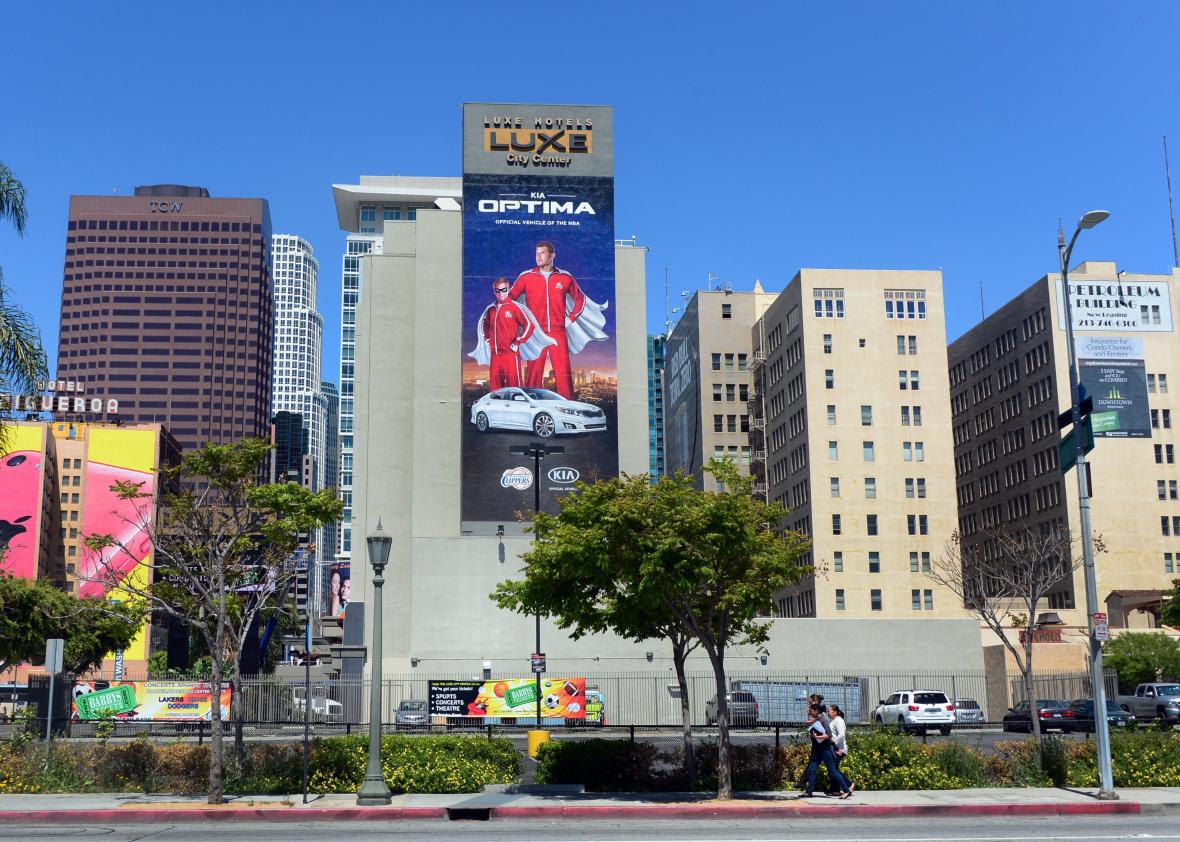Measure S, the deceptive Los Angeles ballot initiative that purported to lower rents by stopping housing construction, was soundly defeated on Tuesday by L.A. city voters, 69 percent of whom voted against the initiative.
As I wrote Tuesday, Measure S was a radical proposal; opposed by both business and labor groups, and by both the city’s Democrat and Republican establishments, it should never have had a chance. But in a little-watched March election (final turnout was slightly more than 11 percent), the measure had housing wonks on edge. The AIDS Healthcare Foundation, the primary sponsor, spent more than $5 million on it; opponents spent more than $8 million. (AIDS Healthcare Foundation CEO Michael Weinstein’s filing of Measure S coincided with his lawsuit to block a project that would partially obstruct views from his office.)
In the end, it failed by an overwhelming margin, garnering only 70,000 votes in a city of almost 4 million people. It’s a reassuring sign. The political problem with development is that while its costs are targeted—the man whose views are blocked, the woman who loses her parking spot—the benefits (pace the construction industry) of expanding the housing supply are diffuse. The natural constituency for new housing in Los Angeles is the people who don’t have housing in Los Angeles. They can’t vote. A secondary constituency is people who pay high rents to live in the city’s undersized supply of apartments. They draw only a tiny, marginal gain from each new project.
It’s hard to read too much into an election in which hardly anyone voted. But regardless of how the populace really feels about Los Angeles growing up, the resounding defeat of Measure S does make it possible for the city to continue its evolution into a place that defies old stereotypes.
